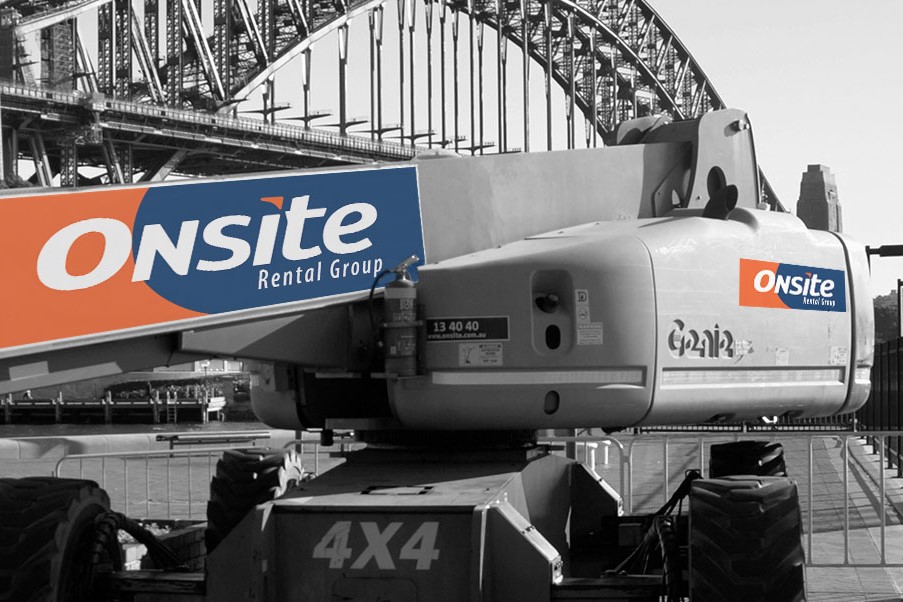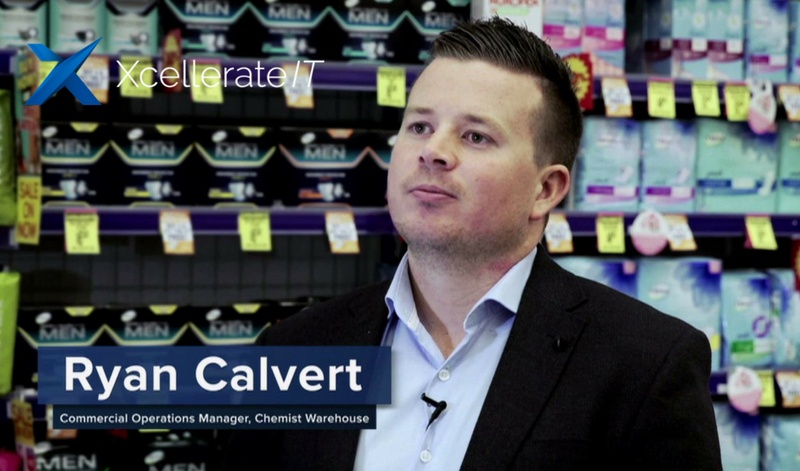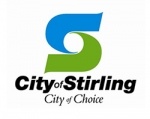
Every business has bottlenecks. Some are obvious, like a manager who takes days to approve invoices. Others are much harder to detect. These silent inefficiencies cost time, money, and morale. And they often stay hidden until you bring automation into the picture.
For businesses automating processes like accounts payable (AP), supplier onboarding or accounts receivable, automation has a way of shining a spotlight on problems you never realised existed. Here are some of the most common hidden workflow bottlenecks, and what to do about them.
What is a workflow bottleneck?
A bottleneck is any step in a process that slows everything down. It might be a person, a manual task, a system limitation, or a poor data flow.
The challenge is that many bottlenecks are accepted as "just the way things are" until automation tries to work around them—and fails. These issues have often existed unnoticed. Automation simply makes them visible and measurable.
Hidden bottlenecks in AP and finance
1. Missing or inconsistent invoice data
Suppliers send invoices in all shapes and formats. Manual data entry often masks the issue, but once automation begins, missing fields, typos and inconsistent naming conventions break the flow.
Fix: Standardise supplier submissions and use intelligent OCR to flag exceptions early.
2. Complex or undefined approval chains
When there’s no clear owner for approvals, invoices bounce between departments. Or worse, approvals depend on people who are frequently unavailable.
Fix: Automate approval routing with escalation rules and delegation paths.
3. Version control nightmares
Multiple copies of the same invoice across email threads or folders lead to duplicate processing or confusion.
Fix: Centralise invoice storage with cloud-based access and version tracking.
4. Manual exception handling
Some teams build workarounds for common invoice issues. These become undocumented habits that automation can’t replicate.
Fix: Document exception rules and build them into your automation logic.
Bottlenecks in other areas
Supplier onboarding:
- Inconsistent data collection (e.g., banking details, compliance documents)
- Manual verification and approvals via email or spreadsheets
- No centralised status tracking for onboarding progress
Accounts receivable:
- Manual invoice generation and distribution
- Lack of follow-up workflows for overdue payments
- Difficulty reconciling payments with ERP or CRM systems
Expense reimbursements:
- Manual submission of receipts via spreadsheets or email
- Delays in approvals due to lack of standard routing
- Errors in categorising or approving expenses
These bottlenecks are often ignored until they cause errors, missed deadlines or compliance issues.
Why automation exposes these issues
Automation systems enforce consistency. They don't guess what to do when data is missing or a step is skipped. As a result, they make inefficiencies impossible to ignore.
How to fix bottlenecks before they break you
Once you've identified hidden workflow issues, these steps can help you address them effectively:
- Map your current process: Run a team workshop to document each step, handoff and decision point. Look for delays and manual gaps.
- Start with an automation pilot: Choose one high-friction process (like invoice approval) to automate on a small scale. Use this to gather feedback, measure impact and build confidence before expanding.
- Identify and document exception paths: Work with your automation partner to surface any recurring exceptions, workarounds, or non-standard cases. These should be captured during setup so they can be built into the platform logic—ensuring the system mirrors how your team actually works.
- Use platform dashboards: Leverage reporting tools built into your automation platform to monitor delays, approval bottlenecks and exception trends. Visibility leads to continuous improvement.
Final thoughts: Use automation to illuminate, not just accelerate
Automation isn’t just about speed. It’s about clarity. It shows you where processes need to be tightened, redefined or even eliminated.
The good news? Once exposed, most bottlenecks are fixable—and doing so leads to leaner, smarter and more scalable operations.
Ready to uncover hidden inefficiencies in your AP process? Let’s explore where automation could deliver the biggest impact in your workflows.
Learn more
Start the conversation
Contact us today to discover how automation can drive efficiency and innovation across your operations. Our experts are ready to guide you through the next steps.
Follow us
























